Author: Stephen C
-

My Spirituality Stack
I’m a sucker for those lifestyle influencers that show off their green smoothie stacks. Even though I know that 99% of supplements are scams that don’t pass the double blind, RCT standard, at the very least it’s still health-motivating to see somebody cram a bunch of greens into a blender (although, to save you time,…
-

How Do Members Explain the Priesthood and Temple Ban?
Black man ordaining another Black man in the style of African folk art Stephen Cranney and Josh Coates This is one of a series of posts discussing results from a recent survey of current and former Latter-day Saints conducted by the BH Roberts Foundation. The technical details are in the full methodology report here. The…
-
Cutting-Edge Latter-day Saint Research, April 2024
Apologies for the length in advance. A lot of people had things to say about the Church and its members this month! Carr, Ellen Melton. “Fountains of Living Waters: How Early Mormon Irrigation Innovated the Legal Landscape of the West.” Oil and Gas, Natural Resources, and Energy Journal 9, no. 3 (2024): 361. There was…
-

Temple Architecture and Local, Native Styles
Longtime readers may recall that I started to do a series on “temple architectural heritages” a while ago. I eventually aborted it since the subject was too big and unwieldy. Still, I’m looking forward to the day when somebody puts together a glossy coffee table book with not just pretty pictures, but also the architectural…
-
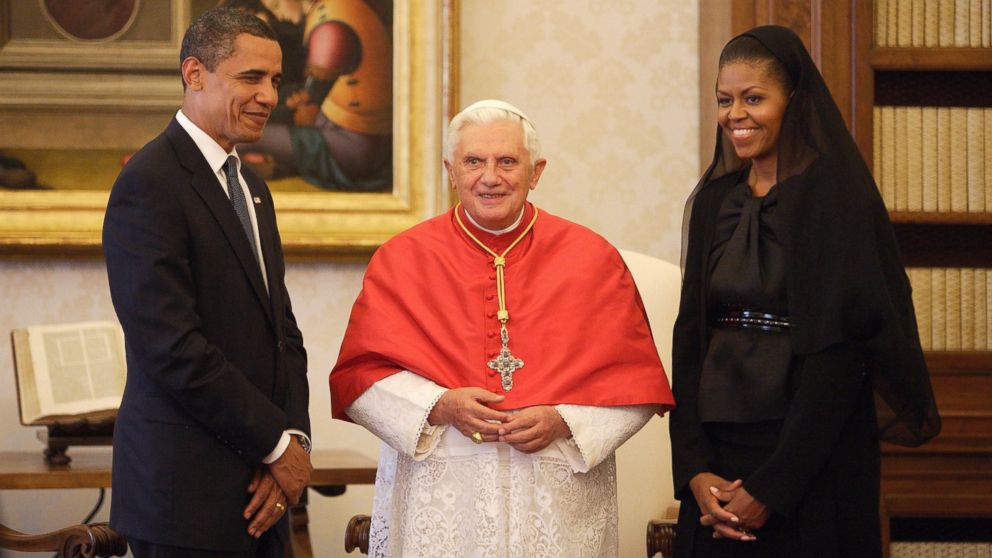
My Mansplaining About Modesty
There are few issues in the Church as touchy as modesty. Every society has their lines for what is considered in poor taste on the revealing side or conversely too demure in the other direction, while the Church is consistently a few clicks to one direction on that continuum, making this one of those issues…
-

How Often Do Members Pray?
Stephen Cranney and Josh Coates This is one of a series of posts discussing results from a recent survey of current and former Latter-day Saints conducted by the BH Roberts Foundation. The technical details are in the full methodology report here. How often do members pray? This is one of those standard questions that…
-

The Going-Back-On-The-Mission Dream
Anecdotally, a common recurring dream among members (and a lot of ex-members) is the classic “return-to-the-mission,” where somebody is called to be a missionary again in middle age. Dream interpretation can be irresistible to conjecture about, but any particular interpretation is ultimately non-falsifiable. While it makes sense that that particular dream is manifesting some Freudian,…
-

“Stop Crying and Get Up”
Many years ago I retreated to Rock Canyon just above the Provo temple to pray about something I was stressed out about that, in my adolescent universe, was a big screaming deal. I retired to the beautiful night-time scenery of the Utah Valley lights twinkling below in the twilight fully expecting some kind of comforting…
-
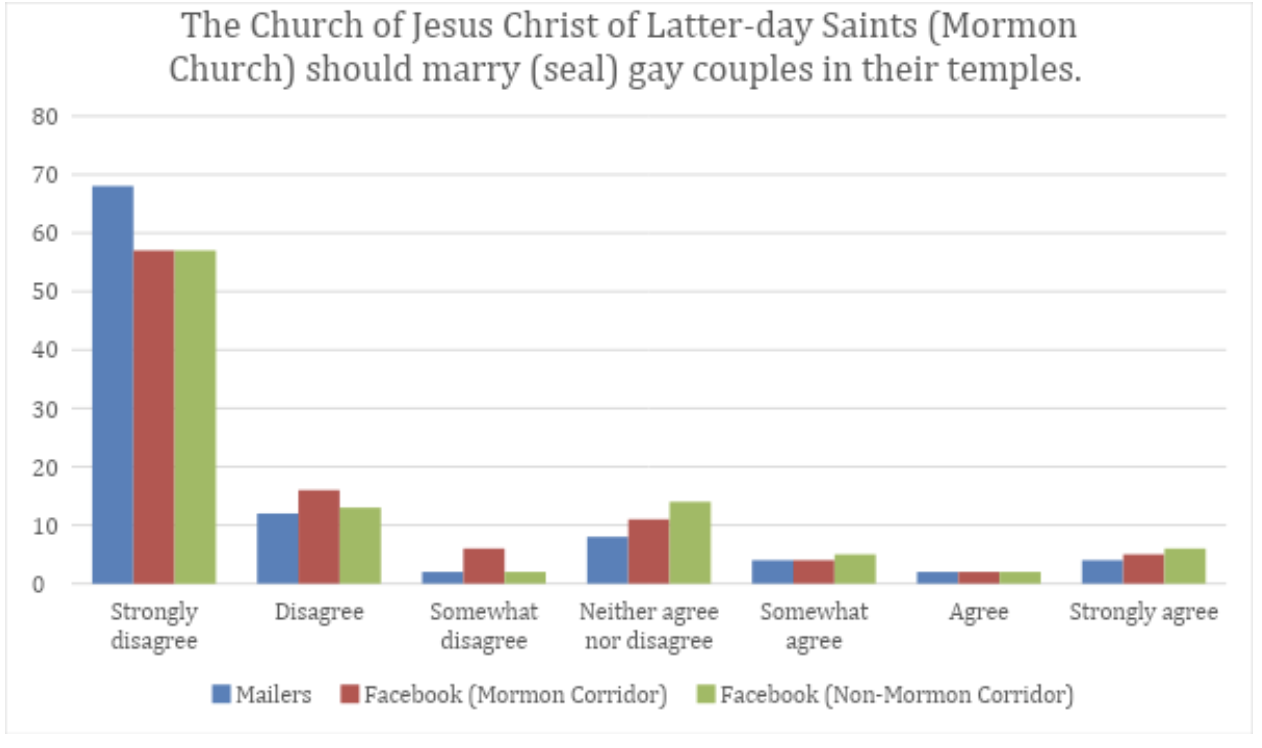
How Many Members Support Same-Sex Sealings? Insights from the B.H. Roberts Foundation’s Current and Former Latter-day Saint Survey
Stephen Cranney and Josh Coates This is one of a series of posts discussing results from a recent survey of current and former Latter-day Saints conducted by the BH Roberts Foundation. The technical details are in the full methodology report here. Polling data shows that a majority of Utahns support same-sex marriage (although, and we…
-
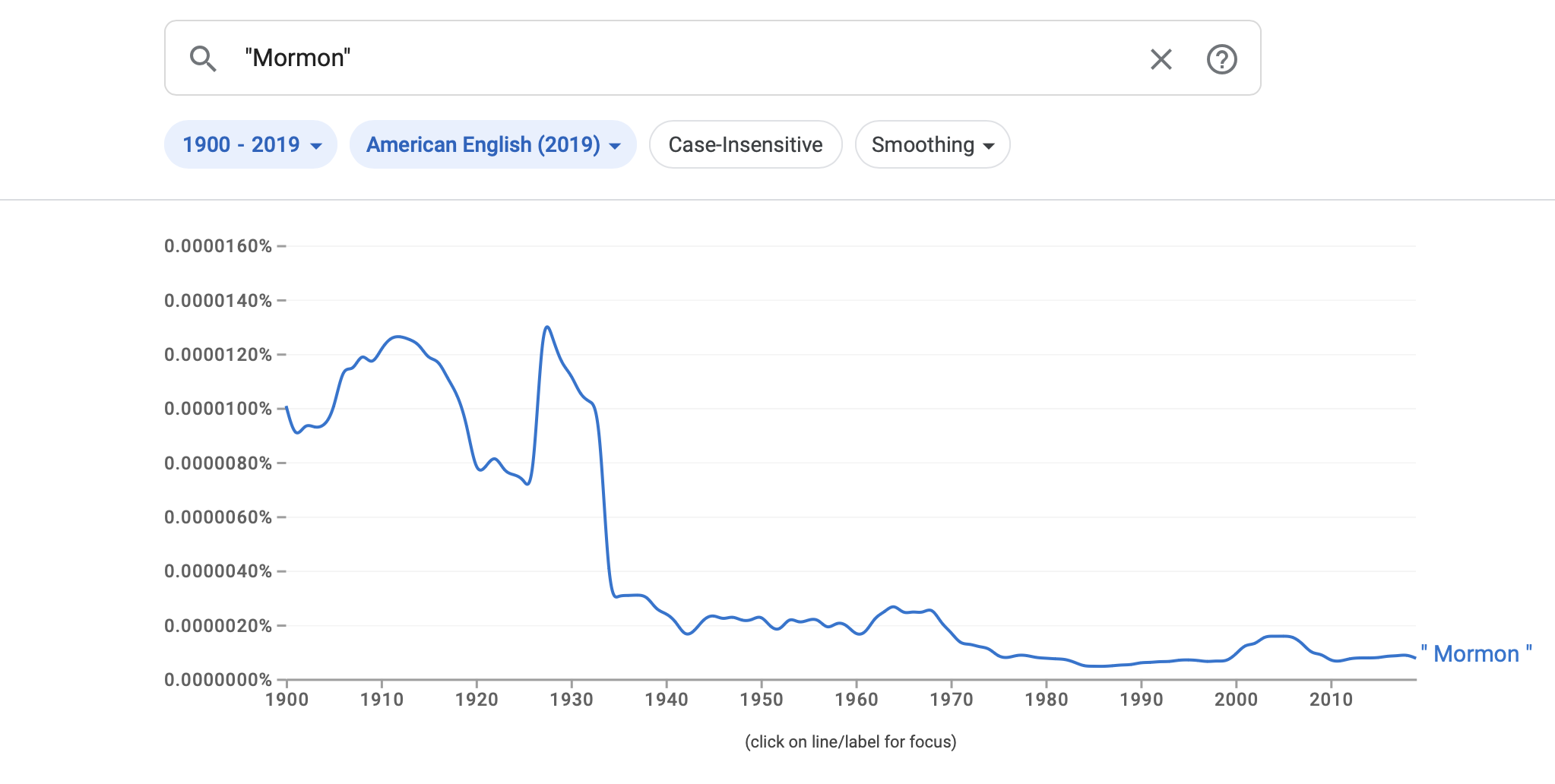
We’ve Become Boring
I was playing around with Google Ngram viewer, a tool that allows you to see the relative frequency of words across time in books, and came across the fact that we’re actually much less interesting in the year 2024 than we used to be. While it seems like the gentiles have this prurient preoccupation with…
-
AI and Gospel Music, and a Public Service Announcement
Note: None of this is an April Fool’s Joke, it just happens to be the day we had a spot available in the queue. So far the three main AI use cases that have achieved liftoff are Large Language Models, text-to-image, and translation (Supposedly OpenAI has achieved text-to-video that is so good that multimillion dollar…
-
Cutting-Edge Latter-day Saint Research, March 2024
Sins of Christendom: Anti-Mormonism and the Making of Evangelicalism Reviewed by our own Chad Nielsen.
-

Does Humanity Deserve Hell?
Scene from Jonathan Edwards’ “Sinners in the Hands of an Angry God” I’m not much of a theologian. Some of this is part Joseph Smith saying that if you stared into heaven for five minutes you would know more than has ever been said on the subject, and some of it is Aquinas’ cryptic comment…
-

Latter-day Saint AI Art Group
I’m going to take advantage of blogger privilege to announce a Facebook group I’m starting for Latter-day Saint AI artists creating gospel-themed content to coordinate, showcase their work, and collaborate. I follow a number of AI art groups on Facebook that serious artists and graphic designers frequent, and people with an artist’s training and eye,…
-

How Big is Joseph Smith Polygamy Denialism in the Church? Insights from the B.H. Roberts Foundation’s Current and Former Latter-day Saint Survey
Stephen Cranney and Josh Coates This is one of a series of posts discussing results from a recent survey of current and former Latter-day Saints conducted by the BH Roberts Foundation. The technical details are in the full methodology report here. The people who do believe that Joseph Smith did not practice polygamy fall into…
-
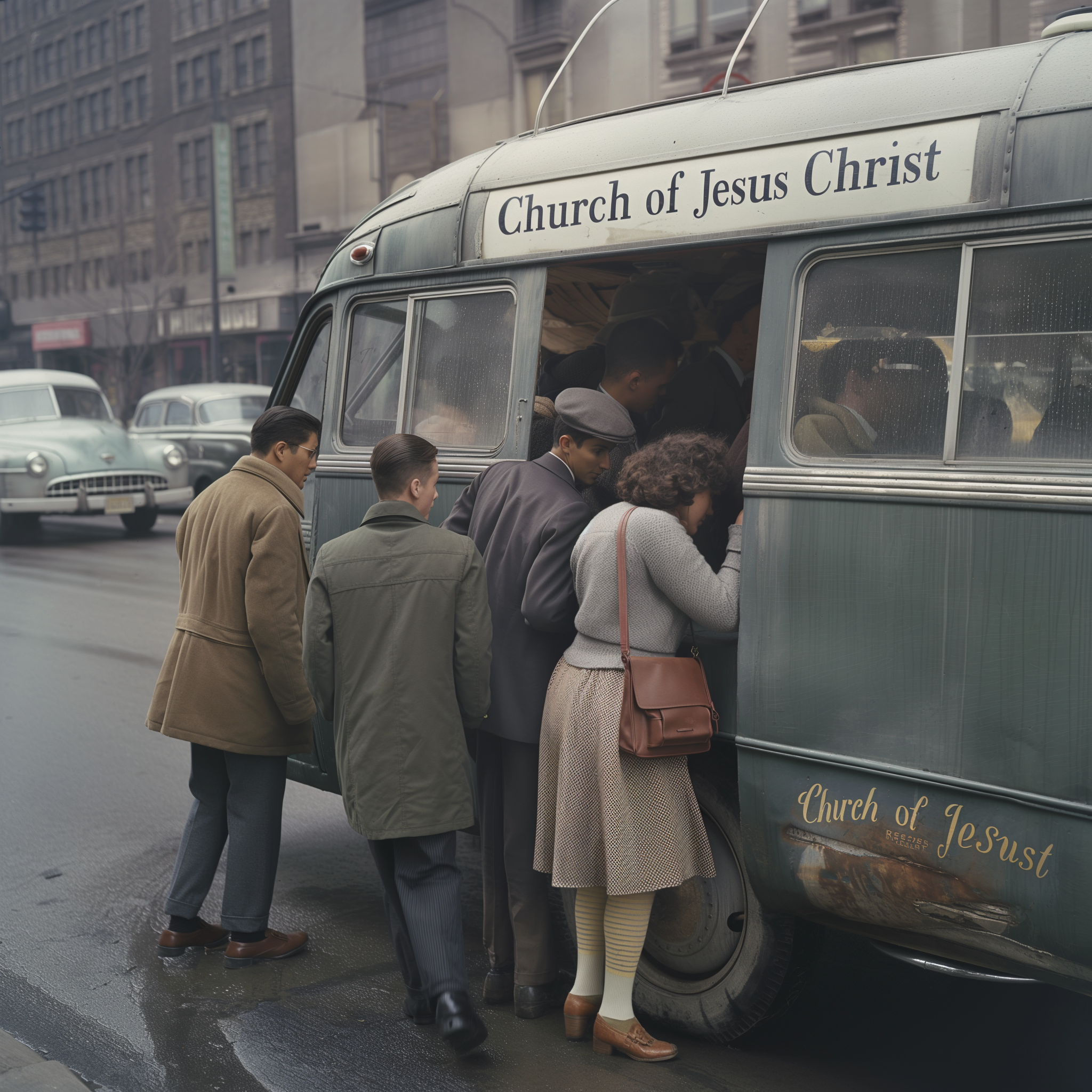
Transportation of Car-Less Members, Giving Rides, and Jesus Vans
Yes, I know, the “Jesus” in the bottom-right hand corner has a t, at the end, but still, it’s almost there. I typically like to avoid making too many posts that take the form of “what I think the Church should do,” in part because the gospel of the almighty God, creator of heaven and…
-
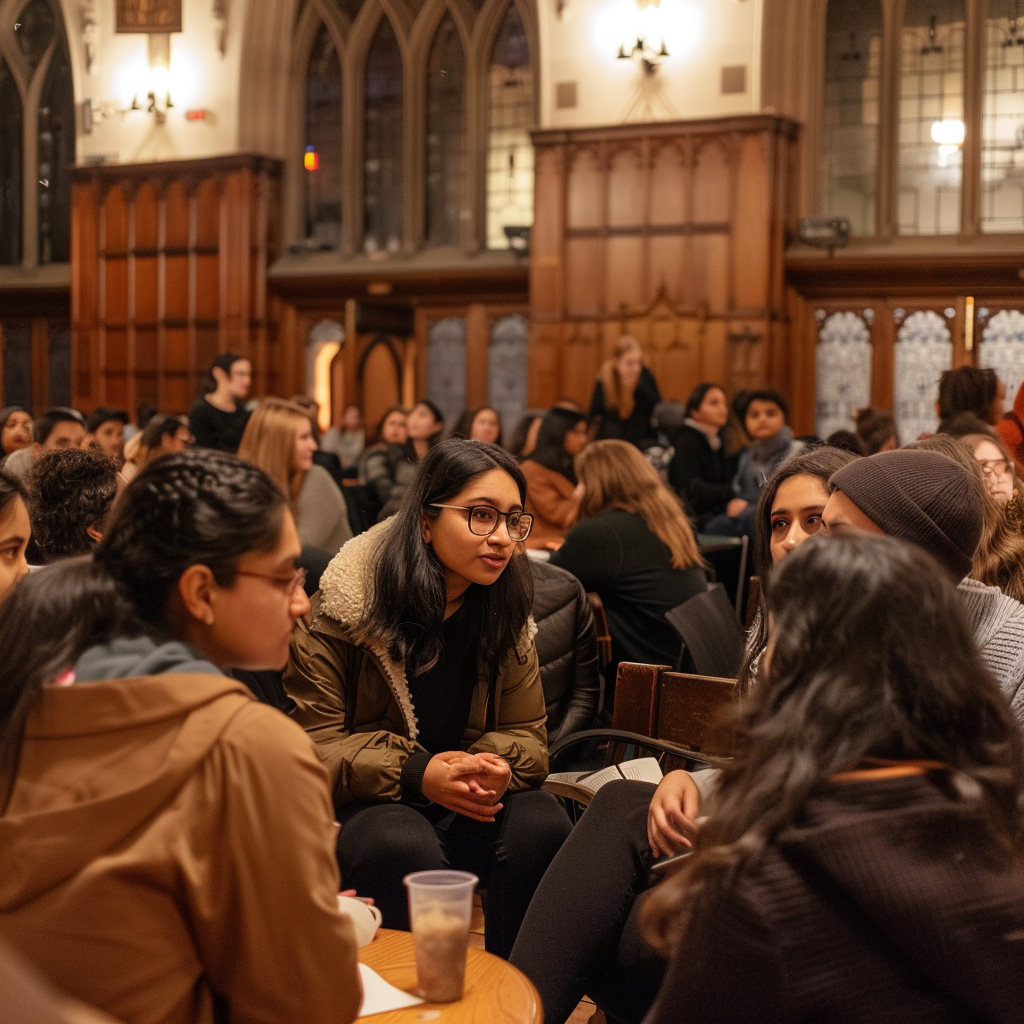
BYU is # 1 in the Nation for Number of Foreign Languages Offered–By Far
Fellow blogger Jonathan and I were talking on the back-end about Modern Language Association statistics (as one does in the bloggernacle), and he drew my attention to a dataset kept by the MLA that records the different foreign language classes taught in the US, so I ran some simple summary statistics to see where BYU…
-
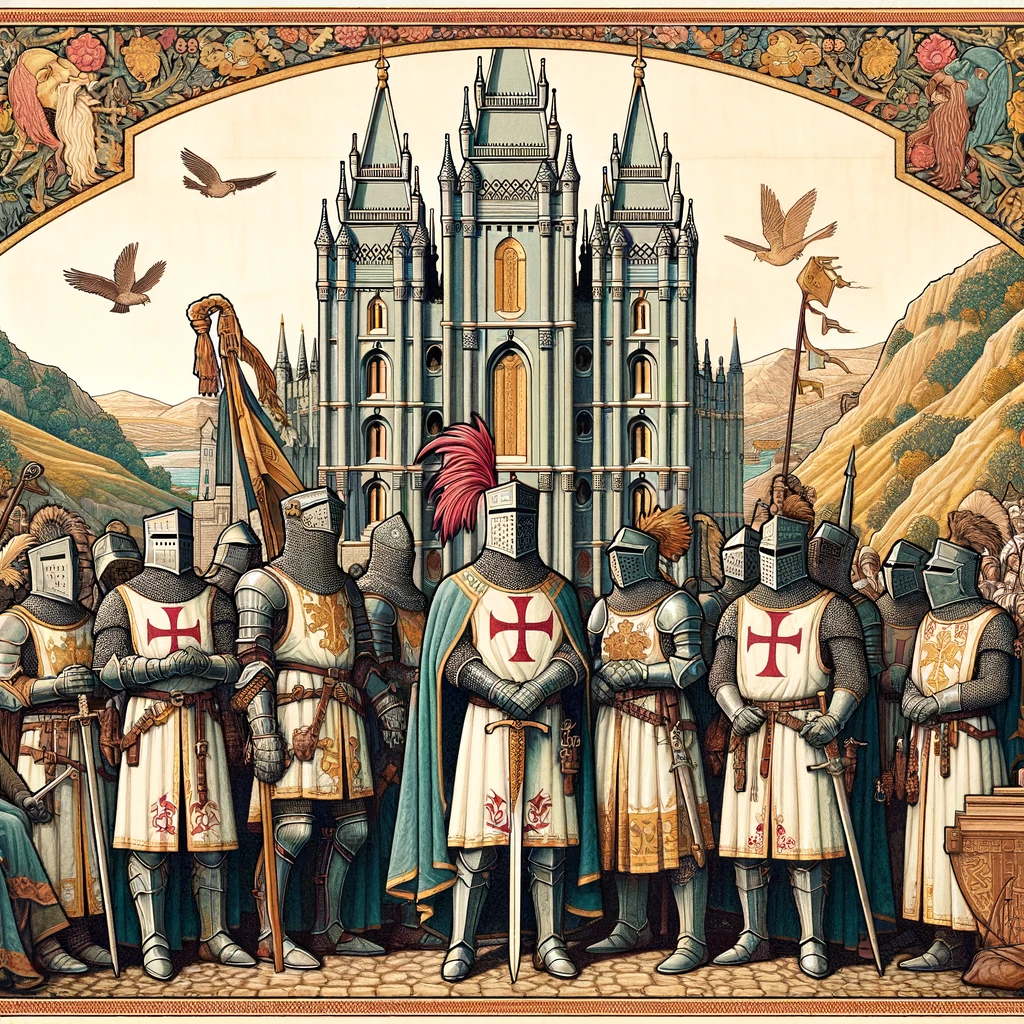
The Church as the Knights Templar and #MakeItATrillion
I tried to get it to show a missionary swimming in a pool of coins like Scrooge McDuck, but it wouldn’t let me produce images that it deemed to be satirical of religious beliefs. Once upon a time there was a devout, hard-working, highly efficient religious organization that started stockpiling and investing money for the…
-
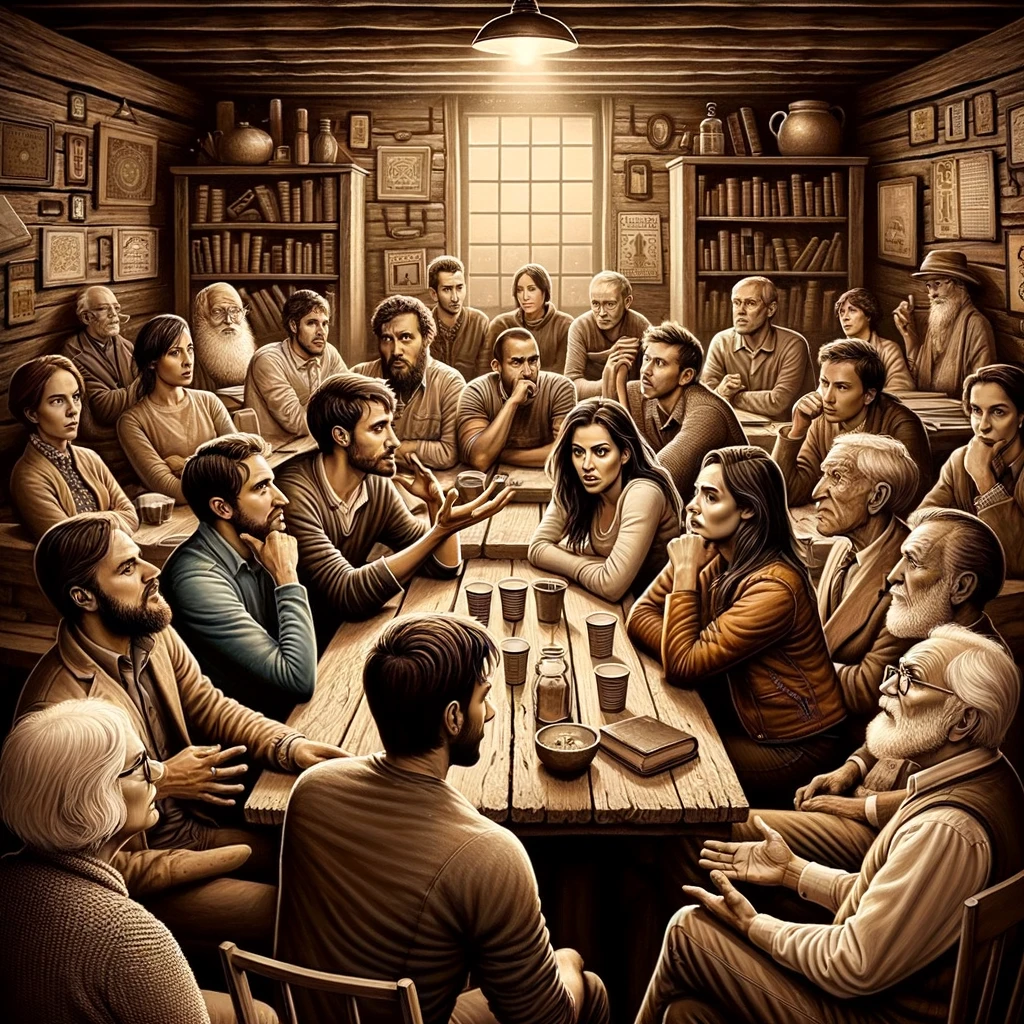
Griping about Church Leaders and Policies in Front of My Kids
Griping about religion First of all, I don’t have a lot to gripe about when it comes to the Church or its leaders. This isn’t a holier-than-thou attitude, I’m sure that if I looked hard enough I’d find plenty with an organization as large and with as many moving pieces as the Church, just that…
-
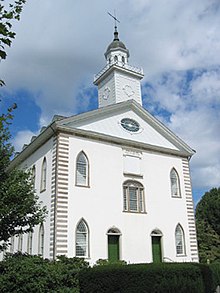
The Church Now Owns the Kirtland Temple
As I’m sure everybody is now aware, the Church now owns the Kirtland temple. A few drive-by-thoughts. I looked at the Community of Christ’s financials and posted about what I saw as the inevitable result of their situation (selling off additional properties, perhaps including the Kirtland temple) back in September of 2021, and that was shortly followed…
-
Cutting-Edge Latter-day Saint Research, February 2024
Rappleye, Neal. “The Nahom Convergence Reexamined: The Eastward Trail, Burial of the Dead, and the Ancient Borders of Nihm.” Interpreter: A Journal of Latter-day Saint Faith and Scholarship 60 (2024): 1-86.
-

My Religious-Themed Required Reading List, Part III
The Price We Paid, by Andrew Olsen For how legendary (in both a good and bad sense) the Willy and Martin handcart companies are in our collective consciousness, it was good to read a scholarly work on the subject. Oxford Translation of the Bible Everybody should read a solid non-KJV translation (and one that doesn’t…
-

My Religious-Themed Required Reading List, Part II
A Celestial Library One of the advantages of homeschooling is that you have the bandwidth to fine-tune your children’s reading and media diet on a level that would be very difficult to pull off if they were gone for half the day. I’ve read quite a bit in my day (although I’m not currently reading…
-

My Religious-Themed Required Reading List, Part I
Depiction of an LDS temple/library combination. One of the advantages of homeschooling is that you have the bandwidth to fine-tune your children’s reading and media diet on a level that would be very difficult to pull off if they were gone for half the day. I’ve read quite a bit in my day (although I’m…
-

What do Members and Former Members Believe About God? Insights from the B.H. Roberts Foundation’s Current and Former Latter-day Saint Survey
A guest post from Josh Coates and Stephen Cranney This is one of a series of posts discussing results from a recent survey of current and former Latter-day Saints conducted by the BH Roberts Foundation. The technical details are in the full methodology report here. In the 2023 CFLDSS we asked the standard question about…
-

In Defense of Missionary Numbers
There’s a fun thing people do with Dalle where they have it create an image with a certain descriptor, then continually ask it to make it “even more X.” In this case I asked it to create a righteous-looking missionary, then asked it to be even more righteous, then even more righteous, etc. After six…
-

Latter-day Saint Book Review: A Life of Jesus, by Shusaku Endo
A Life of Jesus is an introduction to the life of Christ by renowned Catholic Japanese novelist Shusaku Endo, the author of Silence, a book set during the early persecutions of Christians in Japan. Much of Endo’s work revolves around the tensions of being a Catholic in a very non-Christian country, and this book was written…
-
Cutting-Edge Latter-day Saint Research, January 2024
Jindra, Ines W., Jenna Thompson, and Nicholas Evans. “Experiences of leaving ‘high-cost’ religious groups and the concept of the ‘biographical trajectory’: relevance for social work.” Journal of Religion & Spirituality in Social Work: Social Thought (2024): 1-26.


